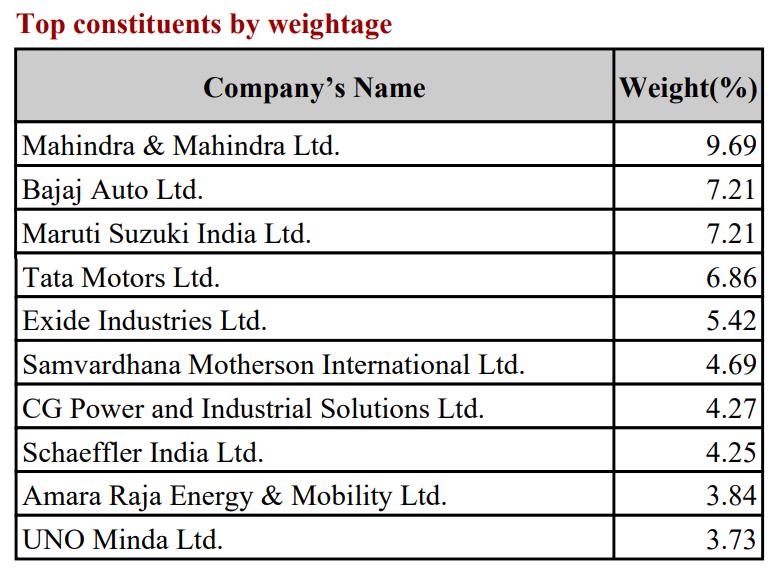
Indexing the new age
Electric Vehicles (EVs) are becoming mainstream, and seem to be a stable EV ecosystem emerging in India. NSE Indices recently launched the Nifty EV & New Age Automotive Index to track this space. The “New Age” component in the index name is meant to accommodate any new technologies that might come up in the future.
Let’s call it the EV index for the sake of simplicity.
The EV index was launched on 30 May 2024, so I looked at its factsheet for 31 May 2024 and compared it with the factsheet for Nifty 50. The index includes stocks of companies that manufacture EVs, batteries, powertrains, components, and technologies for EVs and other new-age vehicles.

Over the past five years, the EV index returned 31% CAGR, inclusive of dividends. Nifty returned about 15%. Higher returns come with higher risk. The five-year standard deviation for the EV index is 20.4, and for Nifty 50, it is 19.
The valuations of the EV index look expensive, with a PE of 33 against Nifty 50’s PE of 21.4. But investors might also be assigning higher weights to these stocks because of the potential earnings of their EV and new-age automotive endeavors.
The EV index’s beta with Nifty 50 has been 0.90 over five years as well as since its inception. Over a one-year period, it has fallen to 0.82. Its correlation with Nifty 50 has also fallen from 0.83 over a five-year period to 0.68 over a one-year period.
The one-year beta and correlation divergence could be an outcome of short-term volatility. However, it could also be because the EV business’ contribution to their business has been rising. These companies might be de-coupling from the broader market.
Let’s look at the share of EVs in the overall business of some larger companies.
- From nearly 0% of revenues five years ago, EVs make up about 13% of Tata Motors’ standalone revenues.
- For Bajaj Auto, EV sales form about 2% of the total sales volumes.
- Less than 1% of Hero Motocorp’s sales volumes come from electric two-wheelers. Hero also holds a ~40% stake in Ather Energy, a relatively newer two-wheeler manufacturer with an exclusive focus on EVs.
- TVS Motors makes a little over 4% of its sales from EVs. It has reached this level in just over four years since it launched its first all-electric scooter.
Even the largest EV players in India have a huge runway before EVs become significant contributors to their revenues. Many are investing in building EV charging infrastructure or in companies that are solving for it. India’s largest two-wheeler EV maker, Ola Electric, is expected to be listed within one month of this blog. If all goes well, it could be added to the EV index maybe in the March-month revision of 2025.
Interestingly, this index’s constitution is slightly different. The index methodology is “capped free-float.” Stock weights are based on free-float market cap but are capped—Group A stock weights are capped at 8%, while Group B, C, and D stock weights are capped at 4%. This Grouping is specific to this index.
To be eligible for inclusion, stocks must fit into one of the following four categories.
- Group A: Manufacturers of EVs or new-age vehicles
- Group B: Battery manufacturers
- Group C: Suppliers and vendors of raw materials, components, and spares for EV or new-age vehicles or batteries
- Group D: Includes those eligible for Group C, that also have PLI or FAME approvals or an SMEV membership.
PLI is Production Linked Incentives for Advanced Automotive or ACC batteries.
FAME is Faster Adoption and Manufacturing of Electric Vehicles.
SMEV is the Society of Manufacturers of Electric Vehicles, but the index will exclude companies involved only in charging infrastructure.
Some mutual fund companies have filed papers to launch index funds that track the EV index, and others might soon follow suit.
Thematic investing like this comes in handy when you are generally bullish on a theme or technology but unaware of the specific companies or ancillary businesses benefiting from it.

What is index symbol to add in zerodha watch list
How to buy this index in zerodha